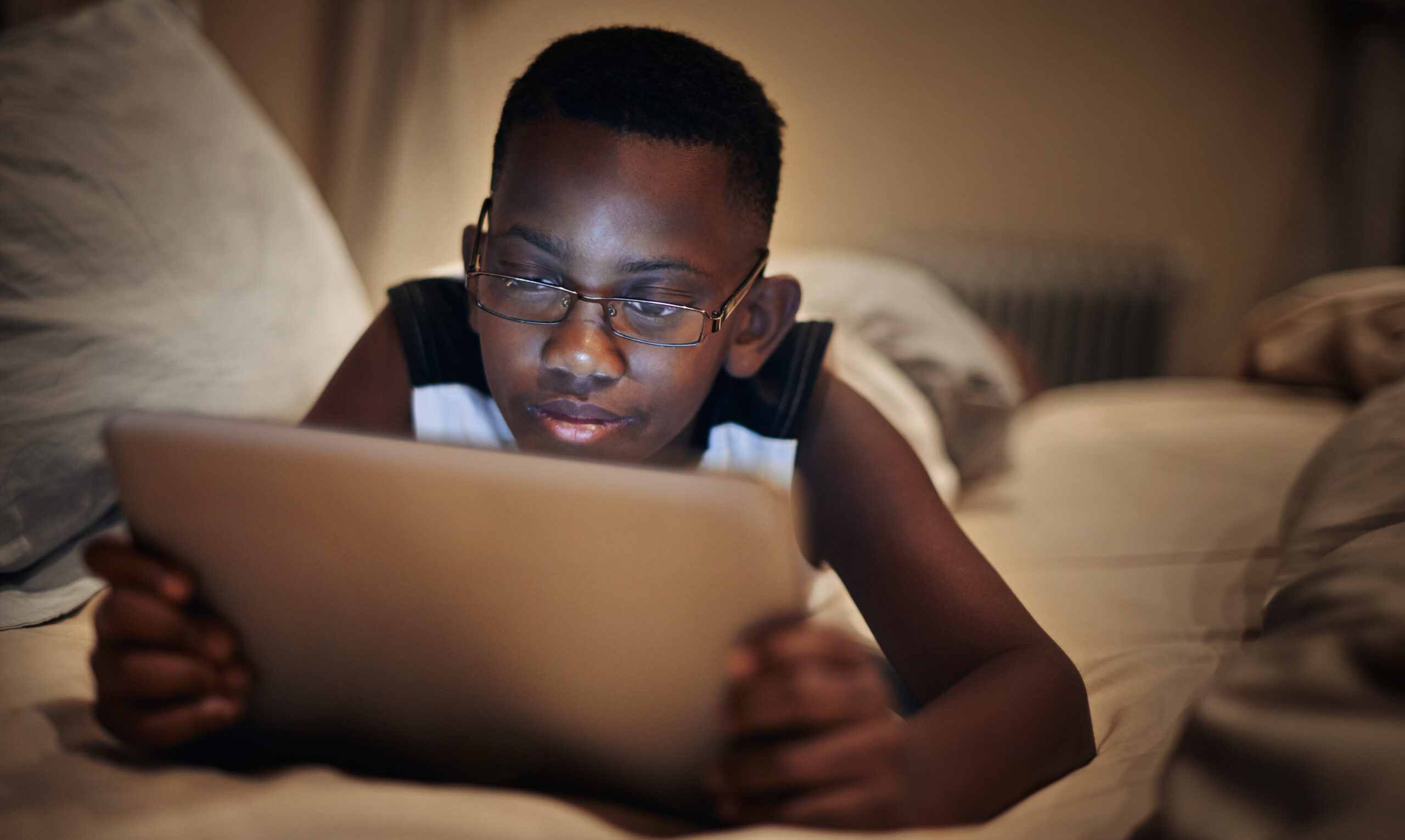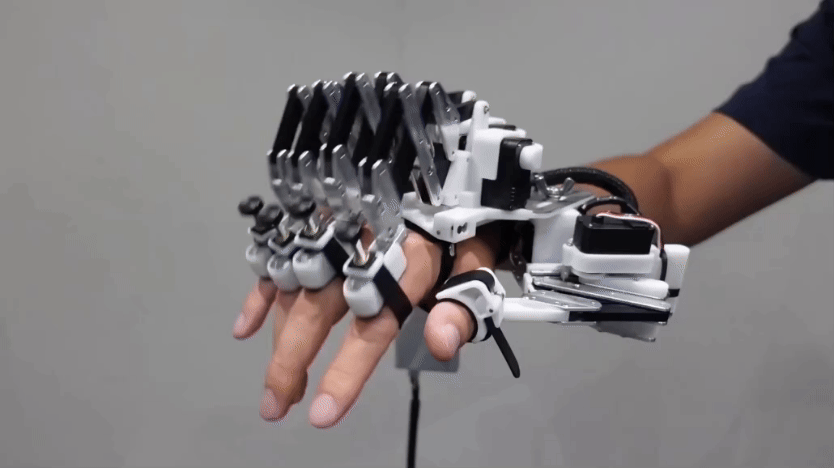Will you learn better from reading on screen or on paper?
One size doesn’t fit all situations. But for now, experts say, don’t throw away your books

Computers are very much a part of education today. But books and paper are still a good way to learn information. Depending on the material, they can be the easiest way, studies find.
Carol Yepes/Moment/Getty Images Plus
Want to know the current population of India? The internet is your best bet. Need a quick refresher on the phases of the moon? Go ahead, read a story online (or two or three). But if you really need to learn something, you’re probably better off with print. Or at least that’s what a lot of research now suggests.
Many studies have shown that when people read on-screen, they don’t understand what they’ve read as well as when they read in print. Even worse, many don’t realize they’re not getting it. For example, researchers in Spain and Israel took a close look at 54 studies comparing digital and print reading. Their 2018 study involved more than 171,000 readers. Comprehension, they found, was better overall when people read print rather than digital texts. The researchers shared the results in Educational Research Review.
Patricia Alexander is a psychologist at the University of Maryland in College Park. She studies how we learn. Much of her research has delved into the differences between reading in print and on-screen. Alexander says students often think they learn more from reading online. When tested, though, it turns out that they actually learned less than when reading in print.
The question is: Why?

Educators and Parents, Sign Up for The Cheat Sheet
Weekly updates to help you use Science News Explores in the learning environment
Thank you for signing up!
There was a problem signing you up.
Reading is reading, right? Not exactly. Maryanne Wolf works at the University of California, Los Angeles. This neuroscientist specializes in how the brain reads. Reading is not natural, she explains. We learn to talk by listening to those around us. It’s pretty automatic. But learning to read takes real work. Wolf notes it’s because the brain has no special network of cells just for reading.
To understand text, the brain borrows networks that evolved to do other things. For example, the part that evolved to recognize faces is called into action to recognize letters. This is similar to how you might adapt a tool for some new use. For example, a coat hanger is great for putting your clothes in the closet. But if a blueberry rolls under the refrigerator, you might straighten out the coat hanger and use it to reach under the fridge and pull out the fruit. You’ve taken a tool made for one thing and adapted it for something new. That’s what the brain does when you read.
It’s great that the brain is so flexible. It’s one reason we can learn to do so many new things. But that flexibility can be a problem when it comes to reading different types of texts. When we read online, the brain creates a different set of connections between cells from the ones it uses for reading in print. It basically adapts the same tool again for the new task. This is like if you took a coat hanger and instead of straightening it out to fetch a blueberry, you twisted it into a hook to unclog a drain. Same original tool, two very different forms.
As a result, the brain might slip into skim mode when you’re reading on a screen. It may switch to deep-reading mode when you turn to print.

That doesn’t just depend on the device, however. It also depends on what you assume about the text. Naomi Baron calls this your mindset. Baron is a scientist who studies language and reading. She works at American University in Washington, D.C. Baron is the author of How We Read Now, a new book about digital reading and learning. She says one way mindset works is in anticipating how easy or hard we expect the reading to be. If we think it will be easy, we might not put in much effort.
Much of what we read on-screen tends to be text messages and social-media posts. They’re usually easy to understand. So, “when people read on-screen, they read faster,” says Alexander at the University of Maryland. “Their eyes scan the pages and the words faster than if they’re reading on a piece of paper.”
But when reading fast, we may not absorb all the ideas as well. That fast skimming, she says, can become a habit associated with reading on-screen. Imagine that you turn on your phone to read an assignment for school. Your brain might fire up the networks it uses for skimming quickly through TikTok posts. That’s not helpful if you’re trying to understand the themes in that classic book, To Kill a Mockingbird. It also won’t get you far if you’re preparing for a test on the periodic table.
Where was I?
Speed isn’t the only problem with reading on screens. There’s scrolling, too. When reading a printed page or even a whole book, you tend to know where you are. Not just where you are on some particular page, but which page — potentially out of many. You might, for instance, remember that the part in the story where the dog died was near the top of the page on the left side. You don’t have that sense of place when some enormously long page just scrolls past you. (Though some e-reading devices and apps do a pretty good job of simulating page turns.)
Why is a sense of page important? Researchers have shown that we tend to make mental maps when we learn something. Being able to “place” a fact somewhere on a mental map of the page helps us remember it.
It’s also a matter of mental effort. Scrolling down a page takes a lot more mental work than reading a page that’s not moving. Your eyes don’t just focus on the words. They also have to keep chasing the words as you scroll them down the page.
Mary Helen Immordino-Yang is a neuroscientist at the University of Southern California in Los Angeles. She studies how we read. When your mind has to keep up with scrolling down a page, she says, it doesn’t have a lot of resources left for understanding what you’re reading. This can be especially true if the passage you’re reading is long or complicated. While scrolling down a page, your brain has to continually account for the placement of words in your view. And this can make it harder for you to simultaneously understand the ideas those words should convey.
Alexander found that length matters, too. When passages are short, students understand just as much of what they read on-screen as do when reading in print. But once the passages are longer than 500 words, they learn more from print.

Even genre matters. Genre refers to what type of book or article you’re reading. The articles here on Science News for Students are nonfiction. News stories and articles about history are nonfiction. Stories invented by an author are fiction. The Harry Potter books are fiction, for example. So are Song for a Whale and A Wrinkle in Time.
In How We Read Now, Baron reviewed much of the research that’s been published about reading online. Most studies showed people understand nonfiction better when they read it in print. How it affects the understanding of fictional accounts is less clear.
Jenae Cohn works at California State University, Sacramento. Her work focuses on the use of technology in education. This past June, she published a book about digital reading: Skim, Dive, Surface. The biggest problem may not be the words on the screen, she finds. It’s the other things that pop up and get in the way of reading. It can be difficult to concentrate when something interrupts you every few minutes. She’s referring to pings and rings from texts or emails, pop-up advertisements and TikTok updates. All can quickly ruin concentration. Links and boxes that are meant to add to your understanding can be a problem, too. Even when they’re meant to be helpful, some can prove a distraction from what you’re reading.
Not all bad
If you want to do better in school (and who doesn’t?), it’s not quite as simple as turning off your tablet and picking up a book. There are plenty of good reasons to read on screens.
As the pandemic taught us, sometimes we have no choice. When libraries and bookstores close or it’s dangerous to visit them, digital reading can be a lifesaver. Expense is also an important factor. Digital books usually cost less than print ones. And, of course, you have to consider the environmental advantages of digital. It doesn’t take trees to make a digital book.

Digital reading has other advantages, too. In most cases, when you’re reading on-screen you can adjust the size of the letters. You also can change the background color and maybe the typeface. This is a huge help for people who don’t see well. It’s also useful for people with reading disabilities. People who have dyslexia, for instance, often find it easier to read material when it’s displayed in a typeface called Open Dyslexic. Computers, tablets and digital reading devices, such as Amazon’s Kindle, can offer this option. Many e-readers have apps that can be used on tablets, too. That makes it possible to get these advantages on a tablet or phone.
Reading online also allows editors to insert hyperlinks. These may help a reader dive deeper to understand a particular point or even just to learn the definition of a term that may be new or confusing.

Michelle Luhtala is a school librarian in New Canaan, Conn. She helps her school make the best use of digital material. She also trains teachers. Luhtala is not alarmed about digital reading. She points out that there are many ways to read on screens. Some e-textbooks and databases used in schools come with tools that make it easier, not harder, to learn, she says. Some e-books, for instance, let you highlight a passage. Then the computer will read it out loud. Other tools allow you to make notes about passages you’re reading and keep those notes after you’ve returned a book to the library. Most of these texts have pop-up definitions. Some link to maps, keywords and quizzes. Such tools can make digital material extremely useful, she argues.
Getting the most out of your digital reading
All experts agree on one thing: There’s no going back. Digital reading is here to stay. So it pays to make the most of it.
One obvious trick: Print anything that needs careful reading. You have this option when reading Science News for Students. (There’s a print icon at the top of every article.) But that may not be necessary. Other things can also make sure you retain the most from what you read on screens.
The most important thing, says Baron at American University, is to slow down. Again, this is about mindset. When you read something important, slow down and pay attention. “You can concentrate when you read digitally,” she says. But you have to make an effort. She suggests saying to yourself, “I’m going to take half an hour and just read. No text messages. No Instagram updates.” Turn off notifications on your phone or tablet. Only turn them back on when you’re done reading.
It’s also a good idea to do a little prep. Baron compares reading to sports or to playing music. “Watch a pianist or an athlete. Before they run the race or play the concerto, they get themselves in the zone,” she says. “It’s the same thing for reading. Before you read something you really want to focus on, get in the zone. Think about what you’ll be reading, and what you want to get from it.”

To really get the most from reading, Baron says, you have to engage with the words on the page. One great technique for this is making notes. You can write summaries of what you’ve read. You can make lists of key words. But one of the most useful ways to engage with what you’re reading is to ask questions. Argue with the author. If something doesn’t make sense, write down your question. You can look up the answer later. If you disagree, write down why. Make a good case for your point of view.
If you’re reading a print book, you can take notes on paper. If it’s a printout or if you own the book, you can write directly on the page. You can do this when you’re reading on your phone or tablet, too. Just keep a pad of paper handy while you read. Many apps also allow you to make virtual notes directly on a digital document, Luhtala points out. Some allow you to add virtual stickies. With some you can even write in the margins and turn down the corners of the virtual pages.
Like most things, what you get from reading on-screen depends on what you put into it. You don’t have to make a choice between print or digital. Alexander points out that when it comes to print versus digital, one is not better than the other. Both have their place. But they are different. So keep in mind that to learn well, how you interact with them may have to differ, too.







